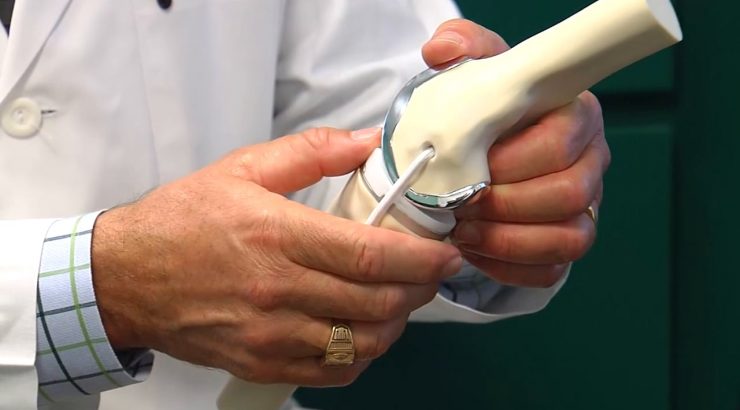Interdisciplianry Breakthroughs: 3D Printing of Functioning Bone and Tissue Student Essay from the HON 389 Science Blender Course
March 21, 2016
Throughout the year, we will be publishing essays from Professor Andrew Lyon‘s Honors 389 course “The Science Blender” . The first paper of the term asked students to:
Research and summarize an example of our evolving scientific knowledge. That is, how has society’s scientifically-driven “conventional wisdom” on a topic evolved as new scientific knowledge has come to light?”
Below is one student’s essay on the topic.
The use of 3D printing in the medical community has grown greatly since it was introduced in a capacity outside manufacturing. Currently in medicine there are three primary printers that produce a structure capable of supporting living cells. The most recent breakthrough, resulting from the work of engineers, biologists, and medical professionals, is the ability to print tissue to be used in replacement of bone, skin, and heart valves which in turn is capable of becoming a living implant.
This advancement is made possible through the ability of 3D printers to produce patient specific implants based not only on the physical dimensions of the replacement, but also the type of tissue that will be surrounding and eventually part of this implant.
This tissue-producing ability has a wide reach as it provides a base for other scientific advancements like functioning prosthetics and implantable devices composed of completely biologic material. Many members of the scientific community continue to work closely with manufacturing companies to develop a 3D printer capable efficiently producing biomaterials. Most recently the SLS has been utilized to produce bone implants that mirror the strength of traditional bones while also possessing the ability to function as a living part of a healthy bone.
The current process of this tissue and bone production has its roots in engineering. A 3D computer model must be custom designed, but bio printing data allows for the process to be completed much faster than in the past. Once this blue print is created, synthetic material and tissue blends are incorporated to produce a structure that can serve as parts or even full organs. Clinical trials have shown that cells and tissue produced via 3D printing were biologically extremely similar to those found in the cartilage which it was replacing.
These innovations carry weight across multiple disciplines, and a new discipline may be necessary “where the auspices of reconstruction, wound care, immunology, transplantation, engineering, digital design, and material science are intertwined…” The ability to print tissue is evolving rapidly meaning that extensive and invasive surgeries could be on the decline. The introduction of the discipline could be the next step in developing a 3D printer capable of incorporating living cells into designed structures.
The benefit of incorporating these living cells when replacing an organ is the reduced risk of organ rejection because the structure is made of healthy cells from that individual. This printing of tissue aims to reduce the extensive organ transplant waiting list in the future. While the printing of complex and complete organs has not yet been achieved, the ability to print pieces such as functioning aortic heart valves is a leap forward from traditional organ repairs and replacements. The variability of cells present in a structure is currently the true limiting factor in 3D printing, but the printing of living tissue looks to provide insight to solve some of these road blocks.


